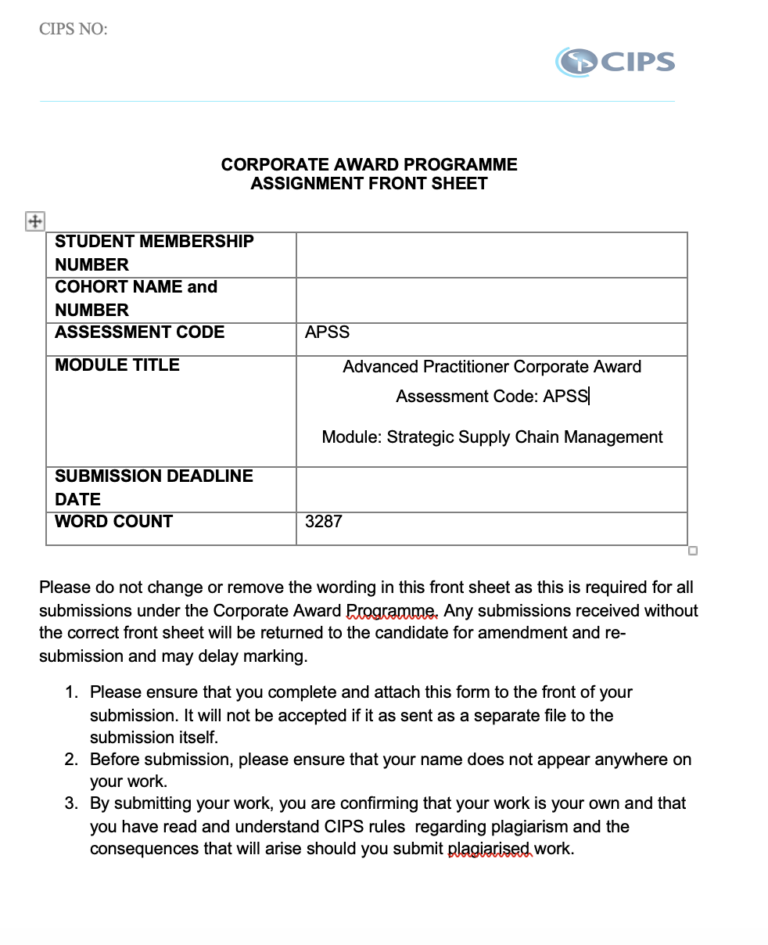Description
Solution
| Explain the key components of an effective total reward system. (AC5.1)If you use secondary sources you should include your short references in the narrative here. Wordcount: Approximately 250 words. |
| Total Reward System
The total reward system represent comprehensive and well-integrated strategy to reward staff by using compensation, benefits, perks, recognition opportunity, work and life balance, career growth and development (CIPD, 2023). Financial Rewards This is also identified as monetary pay offered to the employees for executing their functions which include pay, bonuses issued, commission and benefits (AdareHR, 2021). Financial rewards include; Base Pay– This example include the salaries and hour-based wages offered to the employees to pursue their job functions. For Clean Quarter, this can be fixed despite of how the organisation or employees execute their roles. Performance-based Pay– This entail further pay which is offered to the employees after they have achieved their assigned roles or succeed in the competency-based system. In Clean Quarter, this can include bonus, profit-based sharing, spot rewards and commission-based pay. Non-Financial Rewards This is identified as non-monetary rewards offered to employees and include being recognised, capacity development, flexibility in working and appropriate workplace culture. The examples include; Learning and Development– The provision of L&D strategies to staff offer them with an appropriate opportunity of attending to external and internal capacity development initiatives. This is while sourcing for support of learning for relevant qualifications or lateral/upward movement in organisation job positions (Pluxee, 2023). For Clean Quarter, this facilitates staff to consistently establish new capability which contribute to increased engagement and performance increase. Recognition Program– This entail a set of initiatives set for acknowledging staff and team-based progress. In Clean Quarter, this can include long service award offered, thank you note, and special mention in their organisations newsletters (Masionis, 2023). This could increase motivation levels and retention.
|
| Explain the relationship between reward and performance. (AC5.2) If you use secondary sources you should include your short references in the narrative here. Wordcount: Approximately 250 words. |
Please click the following icon to access this assessment in full
Related Papers
(Solution) 7C002 Question 8 (AC2.4) High performance work practices
(Solution) CIPS ADNOC Onshore Developing Contracts in Procurement and Supply (PDC)
- Improve the awareness level amongst the PS&M teams for aligning their terms and conditions in different contracts
- Establishing various terms and conditions for their different spend categories
- Mutually agree on the different terms and conditions for solving battle of the forms issue
- To initiate technology and innovativeness for the overall PS&M operations
- Be able to implement various KPIs and SLAs on contract adoption
(Solution) CIPS Advanced Practitioner Corporate Award (APGSS)
- For supply chain sustainable development, include collaboration, networks improvement and innovativeness
- PS&M in H&WE facilitate L&D opportunities for enhancing ability for supply chain development process
- Improve all stakeholders relations in supply chain for management of different conflicts in their operations
- To develop a well-structured supply chain which is currently lacking in H&WE for management of supply chain risks and performance level challenges
(Solution) CIPS Module: Contract & Category Management in P&S (APGM)
(Solution) CIPD 5HR02 (AC2.2) Evaluate the techniques used to support the process of workforce planning
(Solution) CIPS Strategic Supply Chain Management APSS
- The supply chain mapping for an organisation spend category is influenced by several elements, among them environmental scanning to identify the micro and macro factors.
- Other aspects considered in the mapping are the facilities, location, and time.
- In the implementation process, it involves making suitable changes and adding value to the process.
- Drawing from the STEEPLE, Porter’s five forces, SWOT analysis, and Kraljic matrix, some of the key elements are the relationship with the vendors, consideration of various competitors, and ensuring customised category of spend.
- Quality and timely delivery of the spend category is also an important consideration area.



